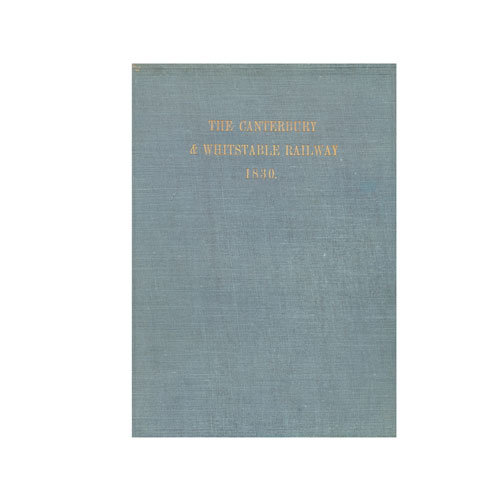Description
There has always been a strong link between the clergy and railways, either as photographers and writers, or as the sires of an astonishing number of Premium Apprentices and Pupils trained in our great locomotive works, before going on to senior engineering and motive power appointments at home and abroad.
The Rev. Reginald Bruce Fellows (1871-1948) being a Roman Catholic priest did not qualify in the latter category, so far as is known, but he was an active writer on railway subjects in the 1930s and 1940s, in magazines and newspapers. He wrote at least two other books
London to Cambridge by train, 1845-1938 and A railway library: a list of railway books which was a very early Oakwood Press publication (1935) He was a member of the Railway Club.
The Canterbury and Whitstable Railway, the first passenger railway in Southern England, was a contemporary of the Liverpool and Manchester Railway which opened the same year but the Canterbury line’s technology involving rope, horse and locomotive haulage was more akin to that of the 1825 Stockton & Darlington Railway. The sole C&W locomotive at opening was the Invicta, name derived from the heraldic motto of the County of Kent. Invicta passed through the Newcastle Forth Banks works of Robert Stephenson and Co. at much the same time as Rocket was being prepared for the Rainhill Trials but was a much inferior machine. As Hamilton Ellis wrote “It was the hills that were “Invicta” not the locomotive!”
A young man from Stephenson ’s Work s travelled south with the locomotive, saw to its commissioning and drove it on the opening day. His name was Edward Fletcher, and he would eventually become Locomotive Supertintendent of the North Eastern Railway.
After years of neglect displayed in the open air in some gardens, and then on a traffic island Invicta is now in Canterbury museum.
PREVIEW BELOW – MAY TAKE A WHILE TO LOAD…

Reviews
There are no reviews yet.